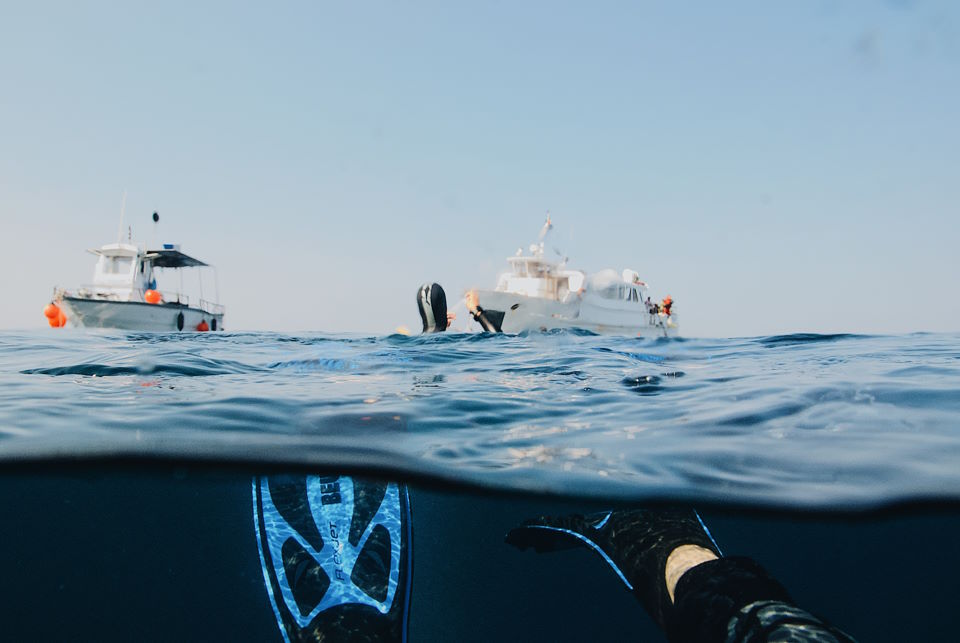Snorkeling is a fun and exhilarating activity that allows you to explore the underwater world and marvel at the beauty of marine life. If you’re new to snorkeling, it can seem daunting at first, but with some practice and guidance, it’s an easy and enjoyable activity to learn. We’ll guide you through the basics of snorkeling, including how to breathe underwater with a snorkel, how to snorkel effectively, and whether you should snorkel if you can’t swim. We’ll also cover who should not snorkel, to ensure that you stay safe while experiencing the wonders of the ocean. So, whether you’re a beginner or an experienced swimmer, read on to learn how to snorkel like a pro!
Introduction
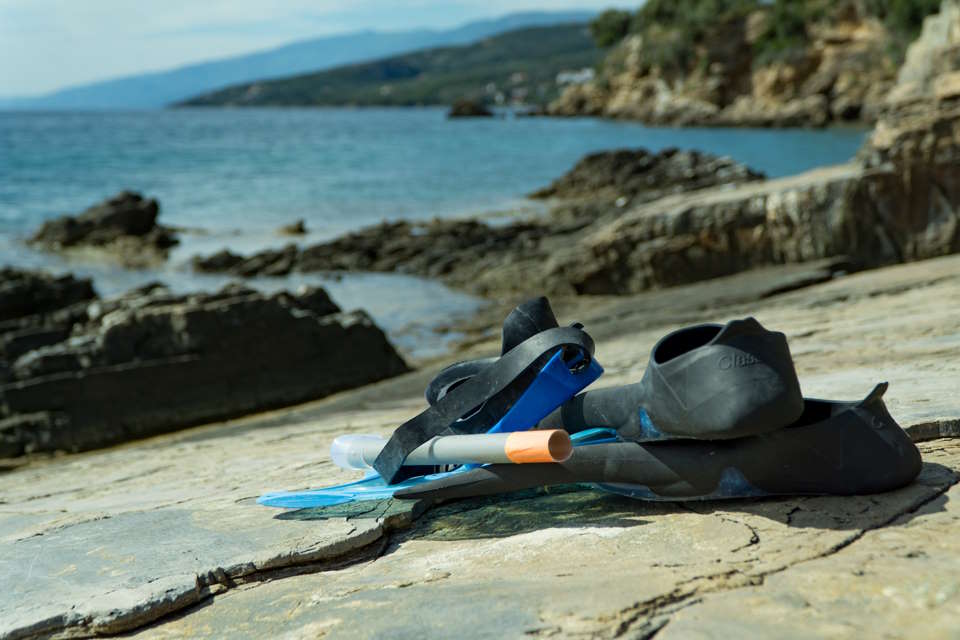
Snorkeling is a popular underwater activity that you can enjoy on your own or with a group. It is a fun way to explore the ocean and see marine life up close. However, if you are new to snorkeling, it can be intimidating. Don’t worry, learning how to snorkel can be easy and fun. Here are some tips on how to snorkel effectively.
- Choose the right snorkeling gear: Before you start, make sure you have the right gear. A snorkel mask that fits snugly on your face is important as any leaks can cause water to enter your mask. A snorkel is necessary for breathing underwater. Fins will help you move smoothly and quickly in the water.
- Practice in a shallow and calm area: Practice snorkeling in a pool or shallow water where you can easily stand up. This will help you get comfortable breathing through your snorkel and using your fins. Remember to relax and take deep breaths to conserve oxygen.
- Use the correct snorkeling technique: You should hold the snorkel in your mouth and breathe slowly and deeply through it. Keep your face in the water and swim slowly and calmly. You can use your fins to move forward, stop, or turn around.
- Be aware of your surroundings: Always keep an eye on your surroundings and any changes in the water conditions. Stay within designated areas and avoid touching or disturbing marine life.
With these tips, you can feel confident and ready to explore the underwater world. Remember to always respect the ocean and follow safety precautions to have a fun and safe snorkeling experience.
How Do You Snorkel for Beginners?
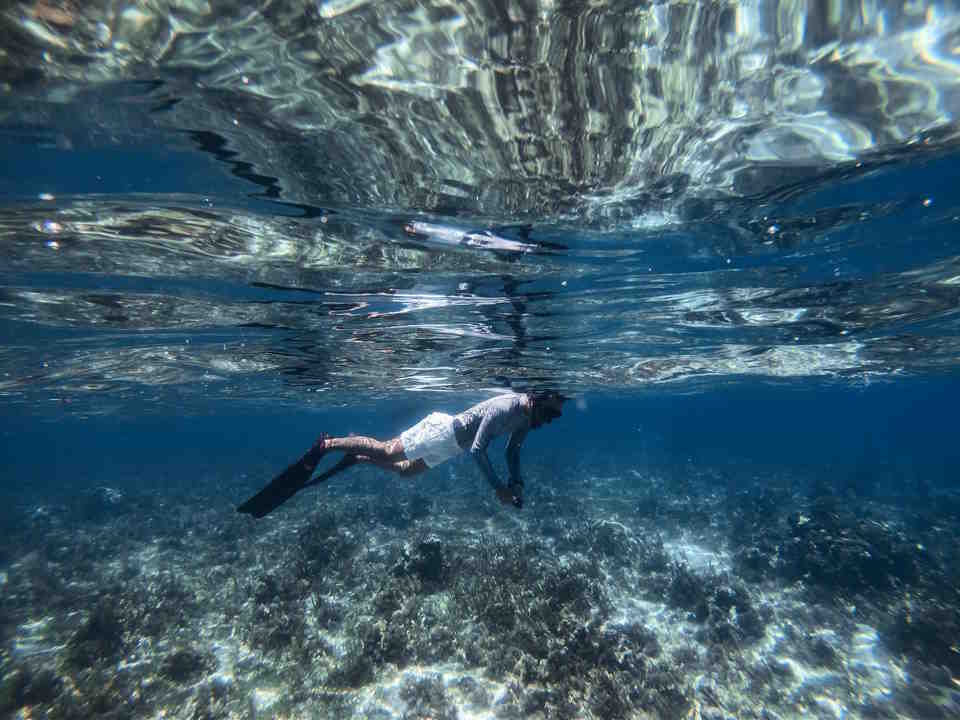
If you’re someone who loves water and wants to explore the underwater world, snorkeling is one of the best ways to do it. It is a great way to observe marine life without having to worry about diving too deep. For beginners, snorkeling can be a bit intimidating, but with the right guidance and preparation, anyone can get started and enjoy this amazing activity.
Before you start your snorkeling adventure, it’s important to make sure you have the proper equipment. You will need a mask that fits comfortably on your face, a snorkel that fits securely in your mouth, and a pair of fins. Make sure to test your equipment before you get into the water to ensure a proper fit.
- The mask should fit comfortably on your face and create a seal so that no water enters.
- The snorkel should fit snugly in your mouth, allowing for easy breathing and no leaks
- The fins should fit comfortably on your feet and allow you to swim effortlessly through the water
Once you have all your gear, it’s time to get in the water. Start in shallow water, such as a calm bay or pool, and practice floating and breathing through the snorkel. Remember to breathe in through your mouth and out through your nose. Allow yourself to get comfortable with the gear before you venture out into deeper water.
- Check the weather conditions before snorkeling. Avoid snorkeling in rough water or strong currents that can be dangerous for beginners.
- Always snorkel with a partner. Not only is it more fun, but also safer in case of an emergency.
- Be mindful of your surroundings and avoid touching or disturbing any marine life.
- Remember to conserve your energy while snorkeling and stay calm.
Is Snorkeling Easy to Learn?
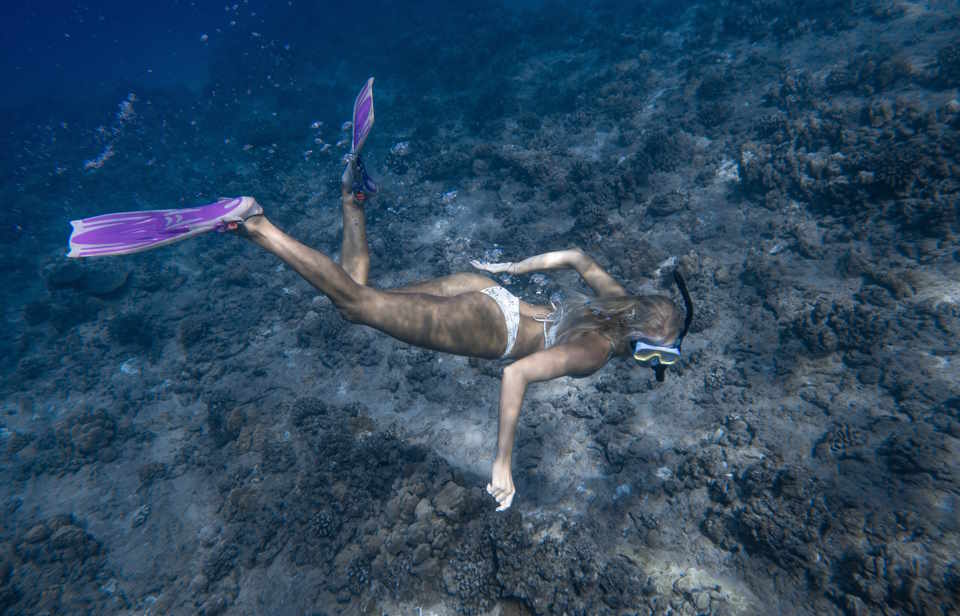
If you’re planning your next beach vacation, chances are you’ve thought about trying snorkeling. Snorkeling is the perfect way to explore the underwater world without the need for heavy equipment or formal training. However, many people wonder if snorkeling is easy to learn. The answer is yes, snorkeling is relatively easy to learn, and with some basic tips and techniques, you can be snorkeling like a pro in no time.
To begin, it’s important to have the right equipment. A well-fitting mask, snorkel, and fins will make all the difference in your experience. It’s recommended to purchase your own equipment to ensure a comfortable fit, but many snorkeling locations also offer rental gear. Once you have your gear, find a shallow area with calm waters to practice.
- Step One: Adjust Your Gear
- Step Two: Practice Breathing Techniques
- Step Three: Master the Fin Kick
- Step Four: Get Comfortable in the Water
The first step in learning to snorkel is adjusting your gear. Make sure your mask fits snugly and comfortably on your face, with no gaps. Practice clearing any water that may have entered the mask. Next, place the mouthpiece of the snorkel in your mouth and test your breath. Breathe slowly and calmly, staying relaxed. Lastly, put on your fins and practice the fin kick motion by lying flat on your stomach and slowly kicking back and forth.
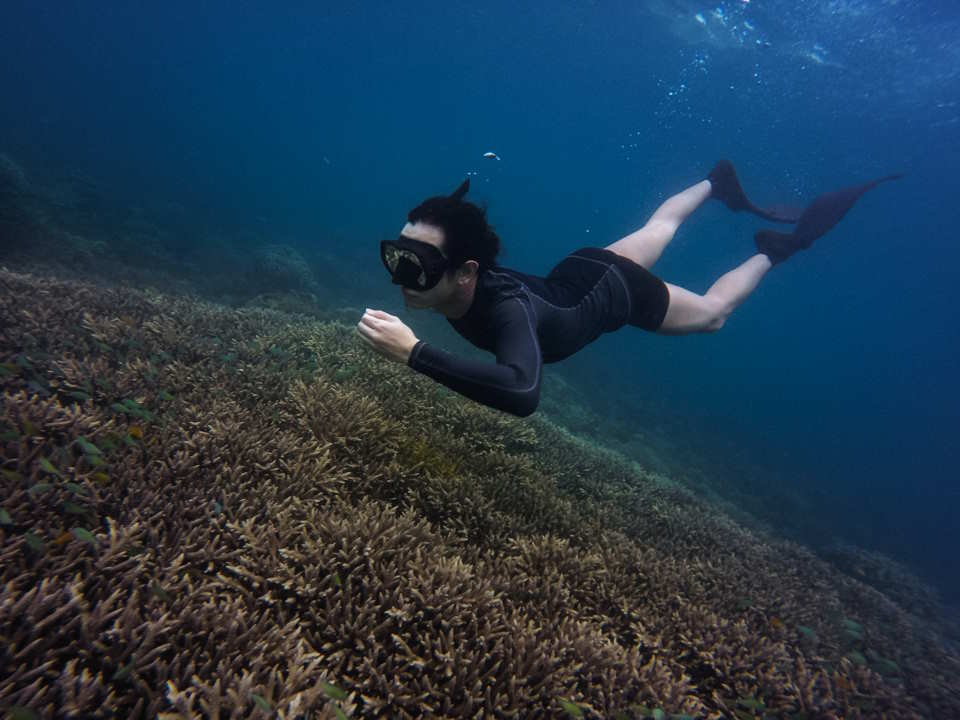
It’s also important to get comfortable in the water before attempting to snorkel. Practice floating calmly on the surface, using your arms to help you stay afloat. Once you feel confident in your floating abilities, move on to using the snorkel. Submerge your face in the water and start breathing through the mouthpiece, taking long, slow breaths. Once you’re comfortable with the breathing, start kicking your fins to propel yourself forward.
| Common Mistakes to Avoid: |
|---|
| 1. Failing to Clear Mask: If water gets into your mask, it’s essential to clear it promptly. One common mistake is not clearing the mask enough, leading to a foggy or obstructed view. |
| 2. Poorly Fitted Gear: Ill-fitting gear can lead to discomfort and distraction while snorkeling. Make sure to take the time to find gear that fits well and feels comfortable. |
| 3. Not Staying Relaxed: Staying relaxed and calm is key to a successful snorkeling experience. Don’t panic if you encounter an obstacle or challenge, take a deep breath, and try again. |
Remember, snorkeling is meant to be a fun and relaxing activity. With the right gear and techniques, anyone can learn to snorkel! However, if you’re still unsure about your abilities, consider taking a class or going on a guided tour for some extra support. Don’t let fear hold you back from discovering the wonders of the underwater world.
How Do You Breathe Underwater With a Snorkel?

Snorkeling is a fun activity that allows you to explore the underwater world. However, when you first start snorkeling, it might be challenging to breathe underwater with a snorkel. We will discuss how to breathe underwater with a snorkel.
Step 1: Position your face in the water and place the snorkel in your mouth. Make sure the snorkel is not too loose or tight, as it can affect your breathing. It should be comfortable and allow you to breathe freely.
Step 2: Exhale gently through the snorkel. This will remove any water that might have entered the snorkel and also help you get comfortable breathing through it.
Step 3: Inhale deeply through your mouth and fill your lungs with air.
Step 4: Hold your breath for a few seconds and then exhale slowly through your mouth into the snorkel.
Step 5: Repeat steps 3 and 4 as needed while snorkeling.
| Tip: | If you feel uncomfortable breathing through a snorkel, try practicing in a pool or shallow water before venturing into the ocean. It will help you get comfortable with the gear and the breathing technique. |
|---|
It might take a few tries to get the hang of breathing underwater with a snorkel, but don’t give up. Keep practicing until you feel comfortable and confident. With time and practice, you will be able to explore the underwater world like a pro!
How Do You Snorkel Effectively?
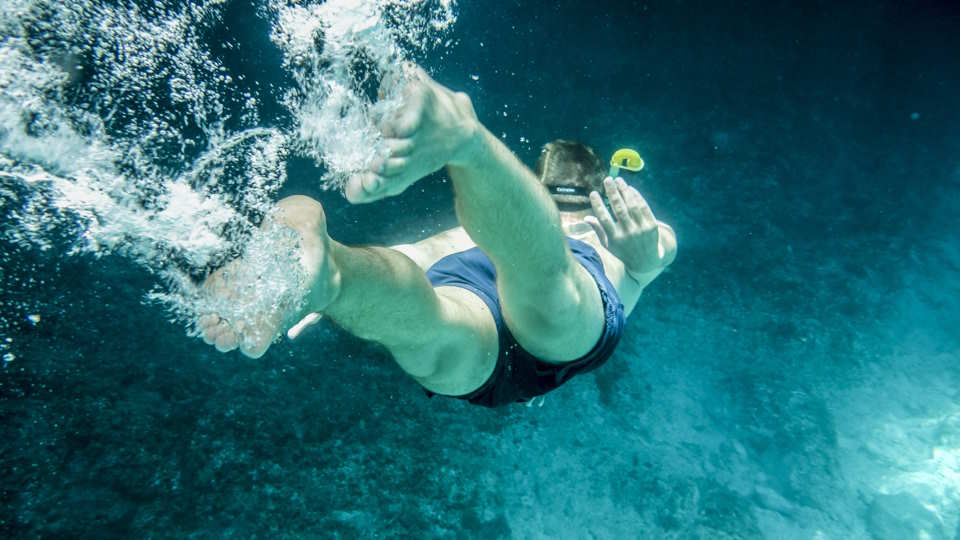
Have you ever tried snorkeling and found it difficult to see everything or keep water out of your snorkel? Snorkeling is a fun and enjoyable activity to explore the underwater world, but it can be frustrating if not done effectively.
Tip 1: First and foremost, make sure your snorkel gear fits properly. A well-fitted snorkel mask should fit your face snugly and create a seal around your eyes and nose. A leaky mask will not only make it difficult to see underwater but also cause discomfort. Similarly, a well-fitted snorkel tube should fit in your mouth comfortably and not slip out frequently.
Tip 2: Practice your breathing technique. Breathing through a snorkel can take a bit of getting used to. To breathe effectively, inhale deeply and exhale forcefully through the snorkel tube. This will clear water if it gets into the snorkel tube. To avoid hyperventilating, remember to breathe at your own pace and rhythm.
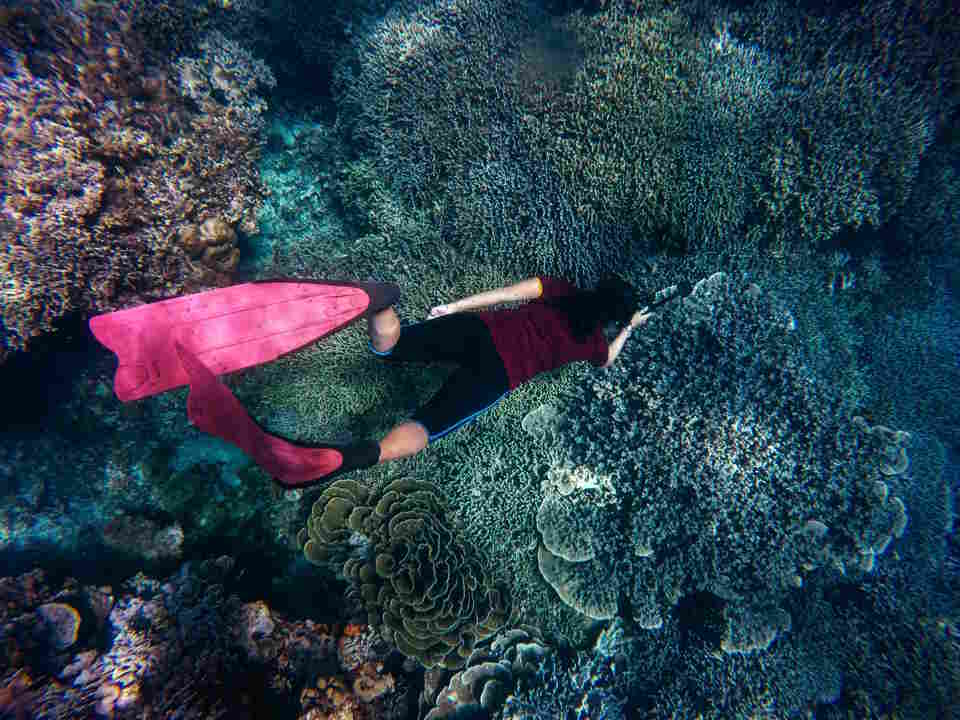
Tip 3: Stay calm and relaxed while snorkeling. The more relaxed you are, the more natural you will be in the water. Try to keep your movements slow and steady to conserve energy and avoid disturbing the water. If you feel yourself panicking, stop and take a few deep breaths to calm yourself down.
Tip 4: Keep your fins underwater. While snorkeling, it’s important to move your legs and keep your fins underwater. This will help you to move more smoothly and efficiently in the water. Finning on the surface can cause splashing, which can disturb the visibility and marine life around you.
| Tips | Reasons |
|---|---|
| Tip 1 | Well-fitted gear helps to avoid discomfort and distraction while snorkeling |
| Tip 2 | Proper breathing technique helps to clear water from snorkel tube and avoid hyperventilation |
| Tip 3 | Staying calm and relaxed helps to conserve energy and avoid disturbing the water |
| Tip 4 | Moving legs and fins underwater helps to move more smoothly and efficiently and avoid causing disturbances on the surface |
Snorkeling is a great activity to experience the underwater world. By following the tips above, you can improve your snorkeling experience and make the most out of your time underwater.
Should I Snorkel if I Can’t Swim?
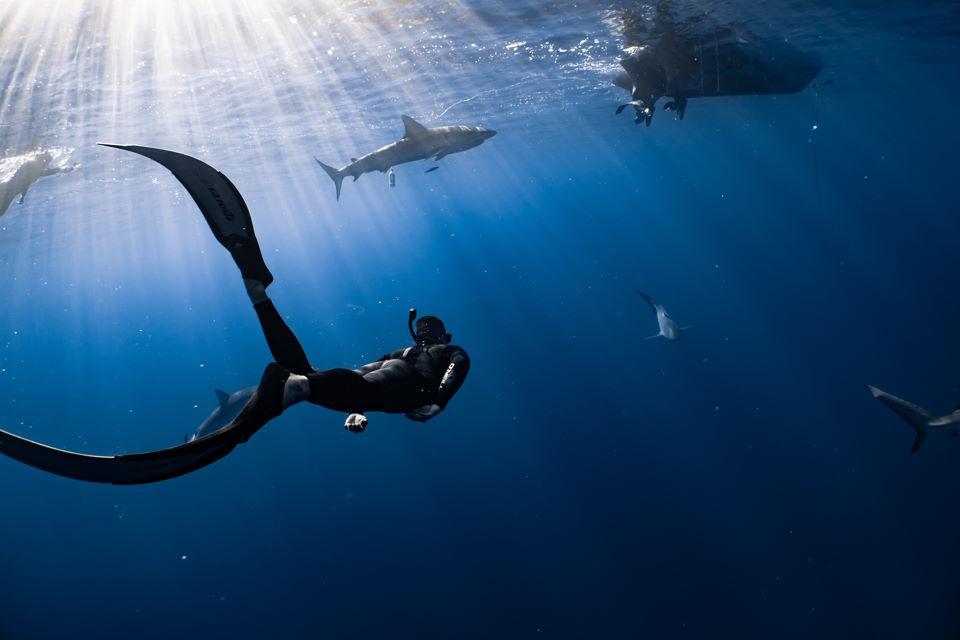
Snorkeling is a fun and exciting way to explore the underwater world. But what if you can’t swim? Should you still try snorkeling? The answer is not a straightforward yes or no. While it is possible to snorkel without knowing how to swim, there are certain risks involved that you need to be aware of.
Firstly, it is important to understand that snorkeling requires you to be comfortable in the water. Even if you are using a life jacket or a floatation device, you need to be able to breathe and move freely without panicking. If you have never been in the water before or do not feel confident in it, it may not be the best idea to attempt snorkeling.
However, there are ways you can still enjoy snorkeling even if you can’t swim:
 Stick to shallow waters where you can stand comfortably and still see the marine life.
Stick to shallow waters where you can stand comfortably and still see the marine life.- Wear a life jacket or other floatation device to help you stay afloat and conserve energy.
- Snorkel with a buddy who can swim and keep an eye on you.
It is important to note that there are certain conditions that can make snorkeling unsafe for anyone, regardless of their swimming ability. These include water currents, waves, and poor visibility. Always check the weather and water conditions before heading out for a snorkeling excursion.
| Pros of Snorkeling | Cons of Snorkeling |
|---|---|
| Exploring the underwater world and observing marine life up close. | Risks involved, including dangerous water conditions and equipment malfunctions. |
| Requires minimal training and equipment. | Can be physically demanding and tiring, especially if you are not a strong swimmer. |
| It is a popular activity that can be enjoyed by people of all ages. | Can be expensive, especially if you need to rent or purchase gear. |
Who Should Not Snorkel?
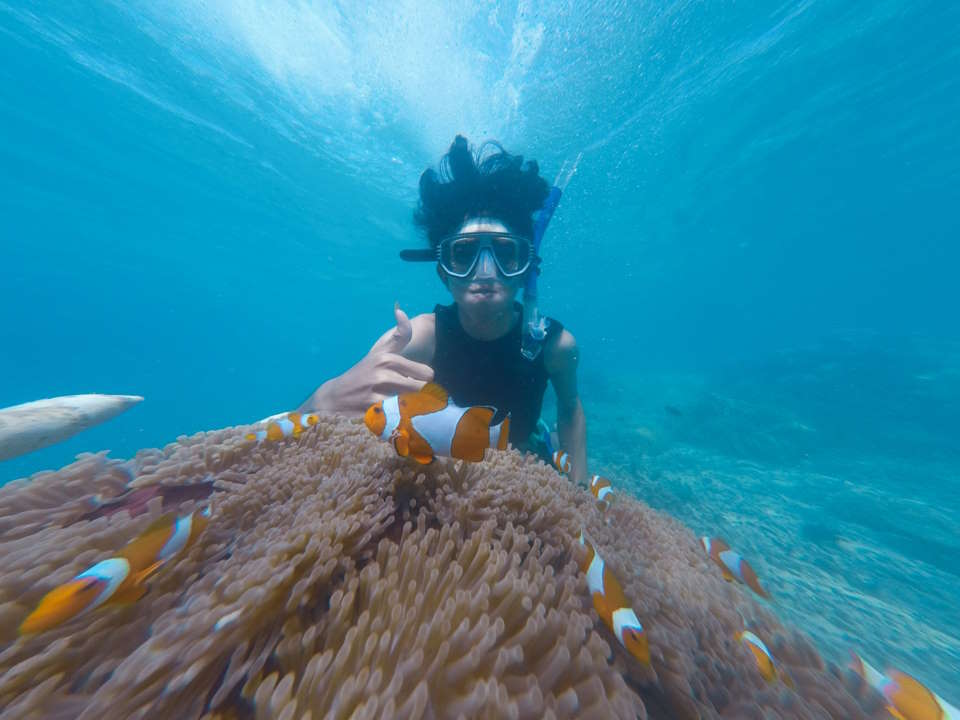
Snorkeling is a thrilling water activity that lets you explore the beauty of marine life in its natural habitat. It’s a fun way to enjoy the sights and sounds of the underwater world without having to go through rigorous diving courses. However, it’s important to understand that snorkeling may not be suitable for everyone.
Pregnant Women: The first group of people who should avoid snorkeling are pregnant women. The exertion of swimming and the pressure of water can put a strain on the body. Snorkeling may pose a risk to the fetus and the mother’s well-being.
People with Medical Conditions: People with certain medical conditions such as respiratory problems, heart disease, and high blood pressure should not snorkel. The physical exertion and stress of snorkeling can exacerbate these conditions, putting the person’s health at risk. It’s important to consult with your doctor before engaging in any water activities.
Children: While children may enjoy snorkeling, they should only do so under the supervision of an adult. Children under the age of 8-10 may not have the strength or respiratory capacity needed for snorkeling. It’s important to ensure that the equipment fits them properly and that they’re comfortable in the water before letting them snorkel.
It’s important to note that while snorkeling may seem like an easy activity, it still involves physical exertion and the risk of drowning if the equipment fails or the person becomes fatigued. It’s always better to err on the side of caution and prioritize safety above all else.
| Who Should Not Snorkel? | Why? |
|---|---|
| Pregnant Women | The physical exertion and pressure of water can pose a risk to the fetus and mother’s health. |
| People with Medical Conditions | Snorkeling can exacerbate certain medical conditions such as respiratory problems, heart disease, and high blood pressure. |
| Children | Children may not have the strength or respiratory capacity needed for snorkeling and should only do so under adult supervision. |
It’s always important to prioritize safety when partaking in any water activity. By understanding who should not snorkel, you can ensure that everyone has a safe and enjoyable experience.

